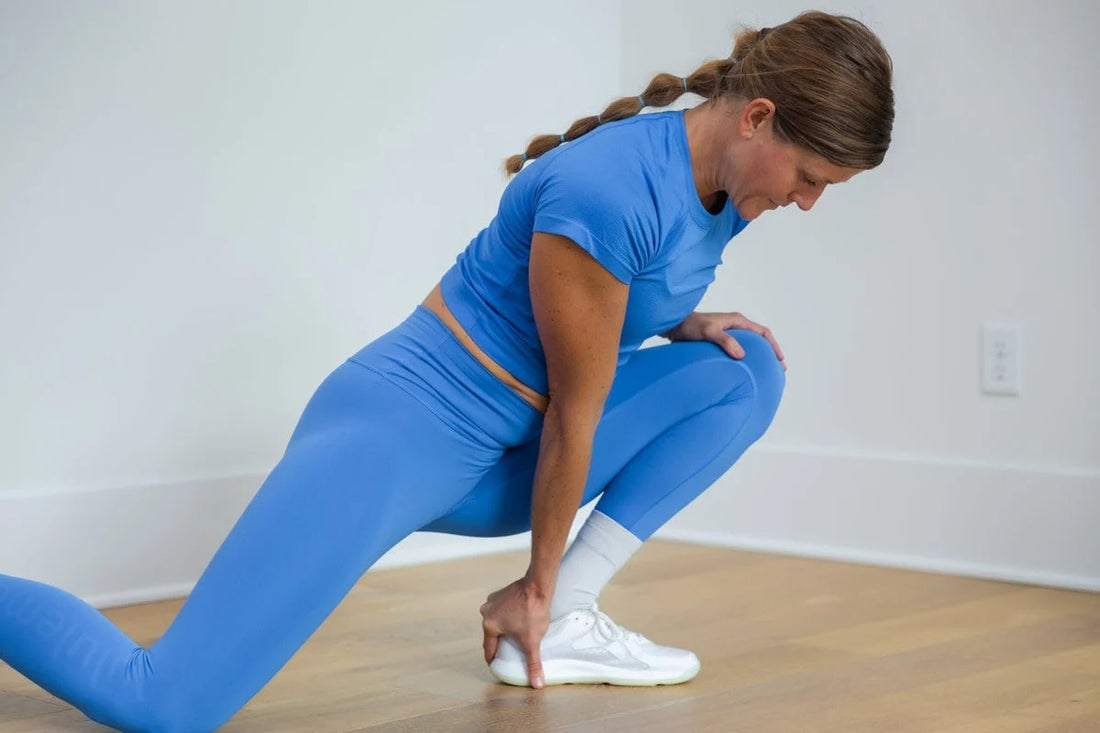Ankle mobility is the ability of the ankle joint to move freely and efficiently through its full range of motion. It is a crucial aspect of overall joint health and plays a significant role in various activities such as walking, running, jumping, and squatting. Ankle mobility is influenced by factors such as muscle flexibility, joint integrity, and the overall health of the lower extremities.
Importance of Ankle Mobility:
- Functional Movement: Adequate ankle mobility is essential for performing daily activities, including walking, climbing stairs, and getting up from a seated position.
- Athletic Performance: Athletes, including runners, jumpers, and those involved in sports requiring agility, benefit from good ankle mobility. It contributes to optimal biomechanics and helps prevent injuries.
- Joint Health: Maintaining proper ankle mobility supports joint health by reducing the risk of stiffness, discomfort, and conditions like osteoarthritis.
- Posture and Alignment: Ankle mobility is interconnected with overall lower limb alignment. Good ankle mobility contributes to maintaining proper posture and preventing compensatory movements that may lead to issues in the knees, hips, or lower back.
- Injury Prevention: Adequate ankle mobility helps distribute forces evenly during movements, reducing the risk of injuries such as sprains, strains, and overuse injuries.
- Ankle Mobility Through Age: Ankle mobility can be influenced by various factors, including age. Here's how ankle mobility may change over the lifespan:
- Infancy and Childhood: Ankle mobility tends to be naturally high during infancy and childhood. Children typically have flexible joints, allowing for a wide range of motion as they explore movement patterns and activities.
- Adolescence: As children grow and develop, there may be variations in ankle mobility based on factors like physical activity levels and individual variations. Regular physical activity can contribute to maintaining healthy ankle mobility.
- Adulthood: Ankle mobility can be influenced by lifestyle factors, including sedentary behaviour or occupations that involve prolonged periods of sitting. Regular exercise, including activities that promote ankle flexibility, can help maintain mobility in adulthood.
- Older Adults: With aging, there is a natural tendency for joints, including the ankles, to experience reduced flexibility. Factors such as decreased muscle mass, changes in collagen composition, and the development of arthritis can contribute to stiffness.
Tips for Maintaining Ankle Mobility:
- Regular Stretching: Perform ankle stretches to maintain flexibility. Include calf stretches, ankle circles, and dorsiflexion/plantarflexion exercises.
- Strength Training: Strengthen the muscles surrounding the ankle, including the calf muscles and intrinsic foot muscles, to support joint stability and mobility.
- Dynamic Exercises: Include dynamic exercises that involve ankle movements, such as walking lunges, toe taps, and ankle circles, in your fitness routine.
- Balance Training: Practice balance exercises, as they engage ankle stabilizing muscles and enhance proprioception, contributing to overall joint health.
- Footwear Considerations: Choose footwear that provides adequate support and allows for natural movement of the foot and ankle.
- Regular Movement Breaks: Avoid prolonged periods of sitting. Take breaks to move and stretch throughout the day.
- Consultation with a Professional: If you experience persistent ankle issues or reduced mobility, consult with a healthcare professional or physical therapist for guidance and personalized exercises.
Maintaining ankle mobility through regular exercise, stretching, and lifestyle choices is important for overall joint health and functional movement, regardless of age. It's advisable to incorporate ankle-specific exercises into your routine and address any concerns with healthcare professionals if needed.

